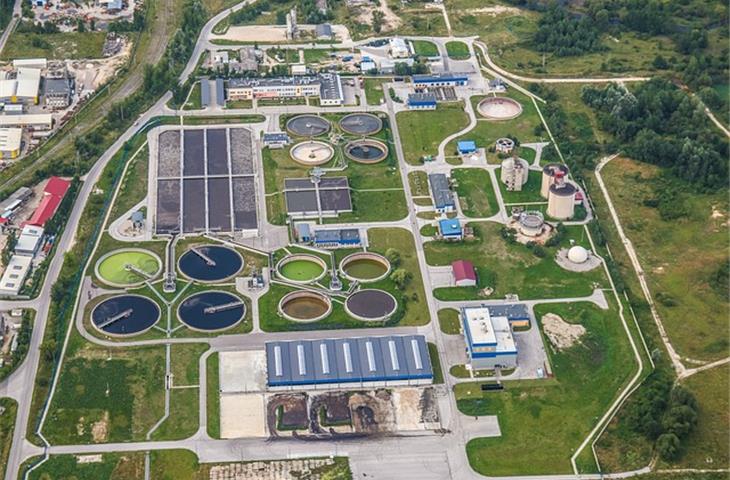Osimertinib has emerged as a innovative method in the field of cancerology, especially for patients with advanced non-small cell lung cancer (non-small cell lung cancer).A focused therapy, osimertinib, has shown impressive effectiveness in reducing tumors and lengthening life expectancy.This document explores the reasons behind the significance of first-line treatment with osimertinib, delving into its mode of operation, advantages, and problems faced by medical practitioners.

The first-line treatment with osimertinib affects the ErbB (epidermal growth factor receptor) mutation commonly found in non-small cell lung cancer patients.Osimertinib prevents the ErbB TK, thereby preventing the onset of the secondary pathways that drive cancer development and development.first-line treatment with osimertinib, because of several advantages, is a favorite choice for non-small cell lung cancer patients:

Patients receiving osimertinib therapy have demonstrated substantially increased survival rates compared to those receiving conventional cancer therapy, as research indicates.It has been shown that osimertinib decreases the likelihood of recurrence in non-small cell lung cancer patients, making it a highly beneficial extended therapy choice.For some patients, especially those lacking sufficient health insurance, the expensive price of osimertinib can represent a hindrance.

attempts are underway to enhance the availability of osimertinib to patients internationally by reducing its price.The management of non-small cell lung cancer has undergone a transformative change by osimertinib, which provides a specific, efficient, and less harmful option to traditional cancer therapy.Continuous research and progress, despite remaining difficulties, are setting the stage for a more promising future for non-small cell lung cancer patients.
Dealing with the price, availability, and supervision difficulties, initial therapy with osimertinib can become the standard therapy for non-small cell lung cancer patients internationally.